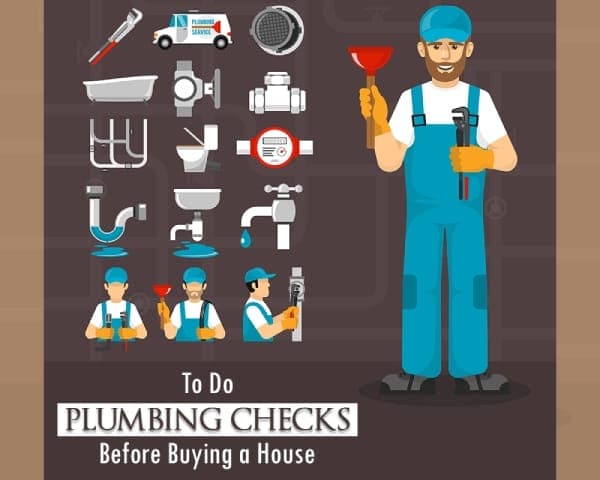
Before selling out the large amount for the house, you are planning to buy new home, it is advised that you take a good look at the basic plumbing elements in it. From toilets to sewer lines, everything must be inspected before-hand so that you don’t have to face issues after purchasing the house.
After entering the house, no one would like to see a leakage in the supply pipes, a clogged sewer line, or a damaged toilet. You may call a plumber team of your choice for plumbing inspection.
Here are nine essential plumbing features for you to check:
Plumbing Inspection before Buying a Home
01. The Toilet Inspection
It seldom occurs that a person comes to inspect the home plumbing and does not take a look at the toilet first. This is a basic element of all plumbing which you are going to use daily.
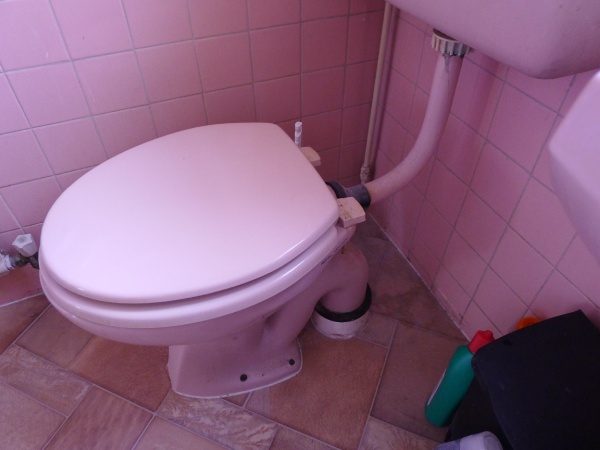
Check if there is any discoloration or warping at the base of the toilet. Leaks at the base, if found, must be sealed; otherwise, the subfloor will begin to rot with time. The toilet bowl should be rigid and should not slide when you push it.
In short, the toilet flange must be secured. Flush the toilet to ensure that there are no clogs and the water rises in the toilet back to its initial level.
02. Inspection of the Sewer Lines of Home
The best way to inspect the main sewer line is to introduce a video camera through it and check for any notable cracks or damages. Roots of trees nearby may crawl into these pipes causing the sewer line to clog. A video inspection hence is recommended for a clear visual idea of the degree of clarity in the line.
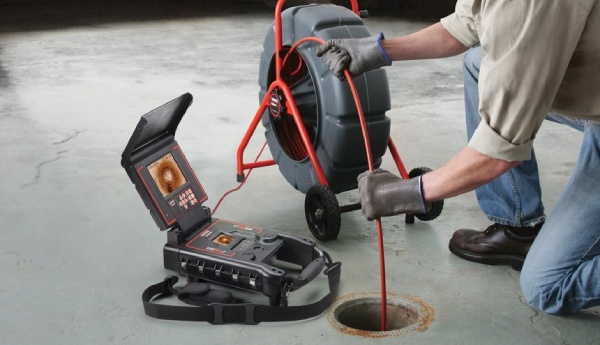
Clay pipes, PVC pipes are more prone to damage by external agents like tree roots, corrosion, etc. and needs replacement by pipes with more durability and strength. You may contact an emergency plumber Westminster for a complete professional work.
03. Inspection of Water-Heater System
Generally, water heaters have a life-span of 10 years. After that, they wear out. You have to check the location of the tank- whether it will ruin the hard floor below if it has a leakage, whether a leak in it can pose a threat of damaging your other properties.
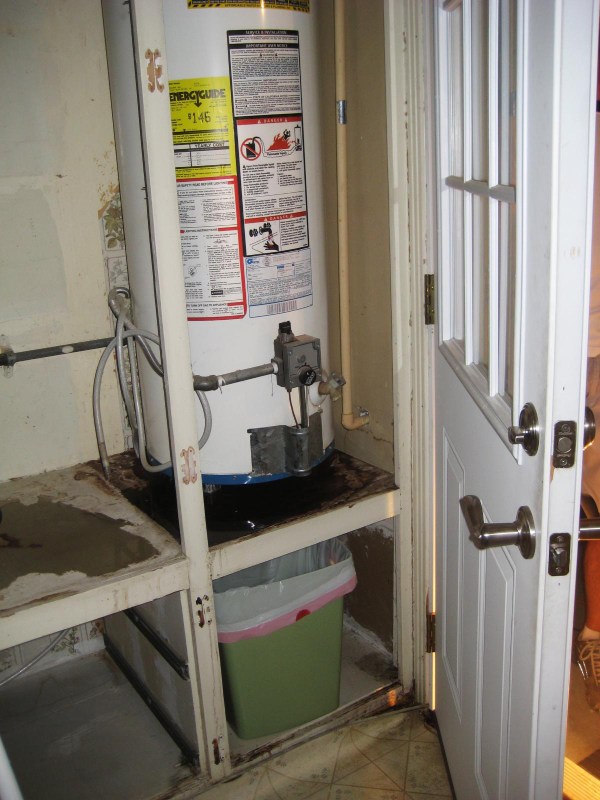
Water heaters stored in utility cabinets or a garage adjacent to a newly constructed living room can cause serious damage to these valuable assets if leakage is identified. Generally, a leakage is identified in the water heater if some damage is already done to your property.
Hence, it is a wise choice to check whether the water heater system is in good condition, i.e., there are no cracks that can result in water leakage.
04. Analyzing the Water Pressure
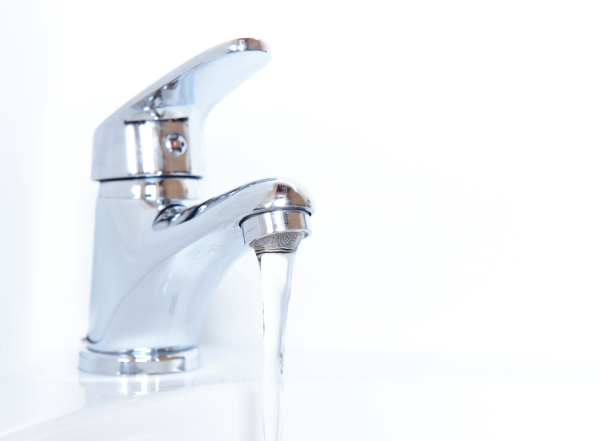
It is the simplest part of the entire process. To get the best estimate, you just need to turn on all the faucets concomitantly. When it comes to pipes, the size of the pipe plays an important role in controlling the pressure. The main pipeline in the house should be of ¾ inches, whereas a measure of ½ inches should be sufficient for the faucet pipes.
05. Water Supply Pipes
Clay pipes, PVC pipes are more likely to be damaged by corrosion, and hence its use should be restricted outside only. If the pipes are made of copper or plastic, they are most likely replaced. Copper pipes are less prone to corrosion, unlike steel. Galvanized steel pipes need replacement as it is a sign that the pipes aren’t going to last long.
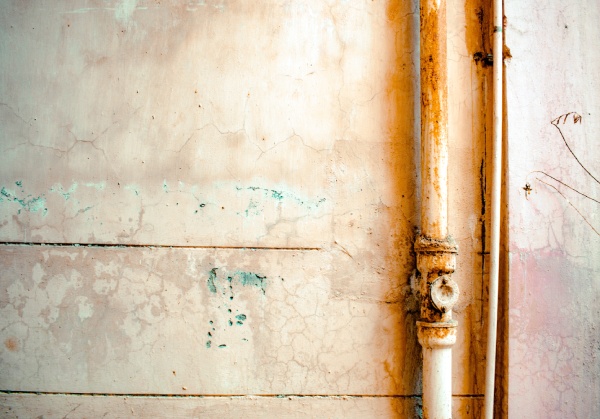
Pipes made of cast iron, polybutylene, and lead also need replacing. You may consult a plumber to take a look into this issue – figure out the age of pipes, its constituent materials, whether they need replacement or they are safe enough to be put in use.
06. Lead in Drinking Water
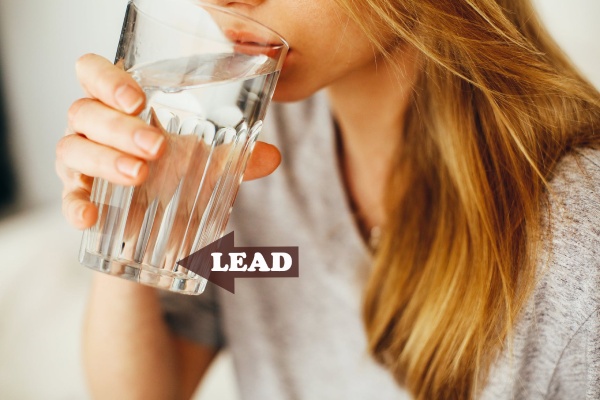
The maximum amount of lead that is harmless in drinking water is 50 ppb (parts per billion). Lead particles may seep in the water that flows through the lead pipes, thereby contaminating it and making it unfit for drinking. Lead pipes are generally found in older houses. Pipes and other plumbing made of lead should be replaced as soon as possible.
07. Checking Out the Faucets
It is important to check if there is any sign of any rust when the faucets are turned on. If the house was vacant for a considerable period, it is quite natural to drain out the rust in the beginning. But, if there was a previous owner of the house, from whom you are buying it, the pipes have probably been corroded.
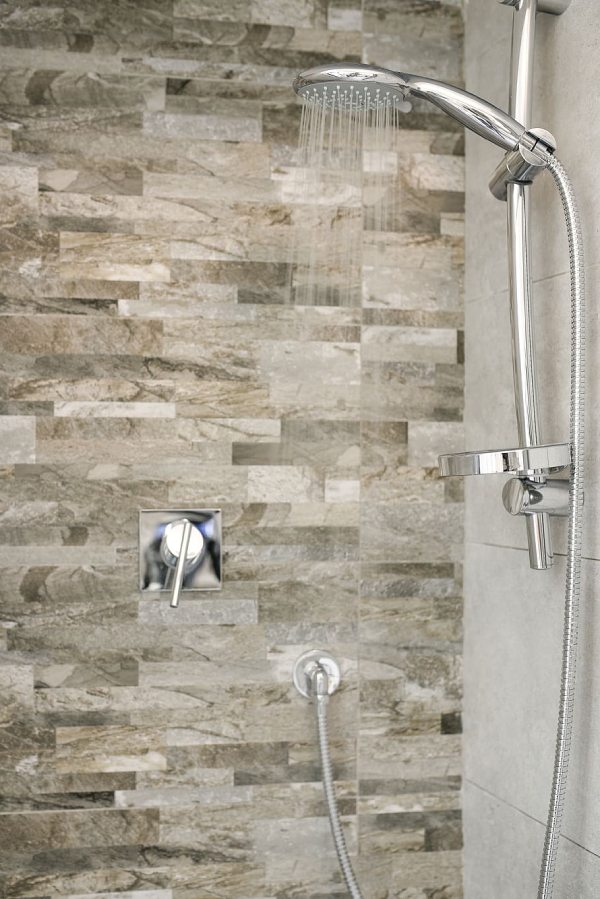
The shower pressure is an indication of the water pressure too:
When you open the shower, make sure that there is a solid stream of water. Although the shower pressure can be adjusted, if the water is running slow, you may require to fix the water pressure of your house.
08. Inspecting the Drainage Lines
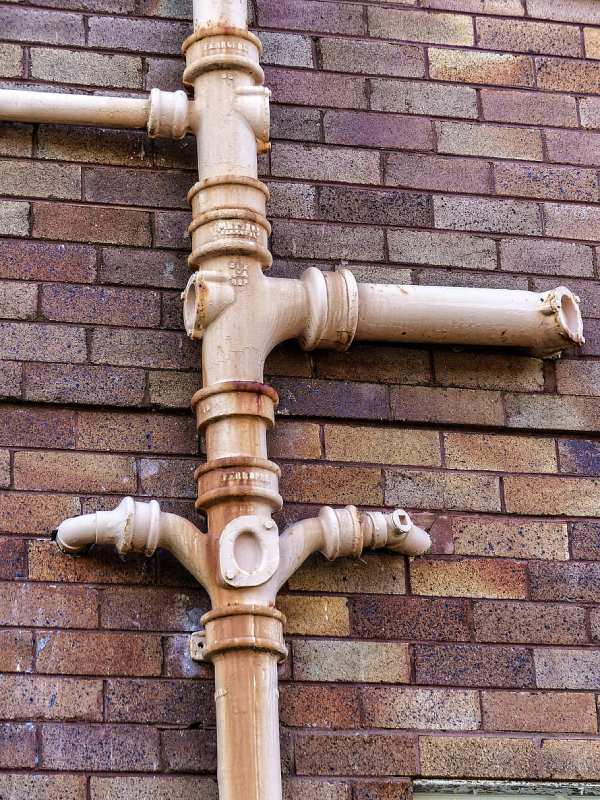
Drainage pipes are less likely to corrode, but it is advised that you should consult a plumber and ask him to check if there is an underlying issue with the drain lines and fix it if any.
09. Proper Functioning of Water Meter and Valves
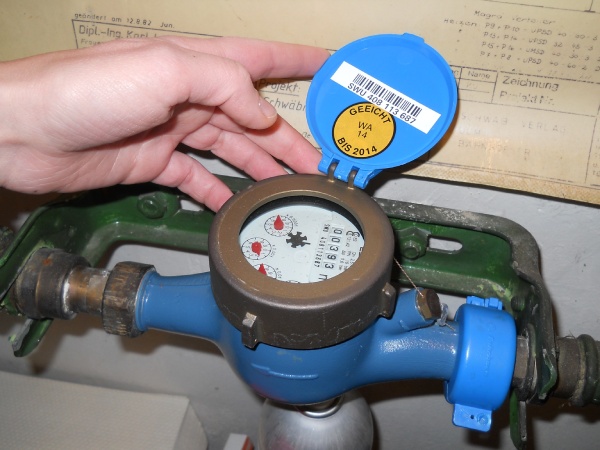
On opening all the faucets, if the water meter shows deflection, there is a leakage present somewhere. A common way to identify the defects is by turning off the main shut-off valve such that no water flows from the taps and then turning off each valve of their corresponding faucets one by one. In this way, you can detect the underlying issue.
Conclusion
Before you finally buy the house, it is therefore recommended to check out all the aforementioned plumbing features so that you don’t have an extra toll on your wallet. You should consult a nearby plumber to check these and fix or replace any issue with the plumbing features.
If you have finally done plumbing inspection, then you should not worry more as the house you are buying would be well checked and inspected by you in advance.
Also Read:
Plumbing Safety Tips and Precautions
Tips for Choosing or Hiring the Right Plumbing Contractor
Image Courtesy: Image 3
































